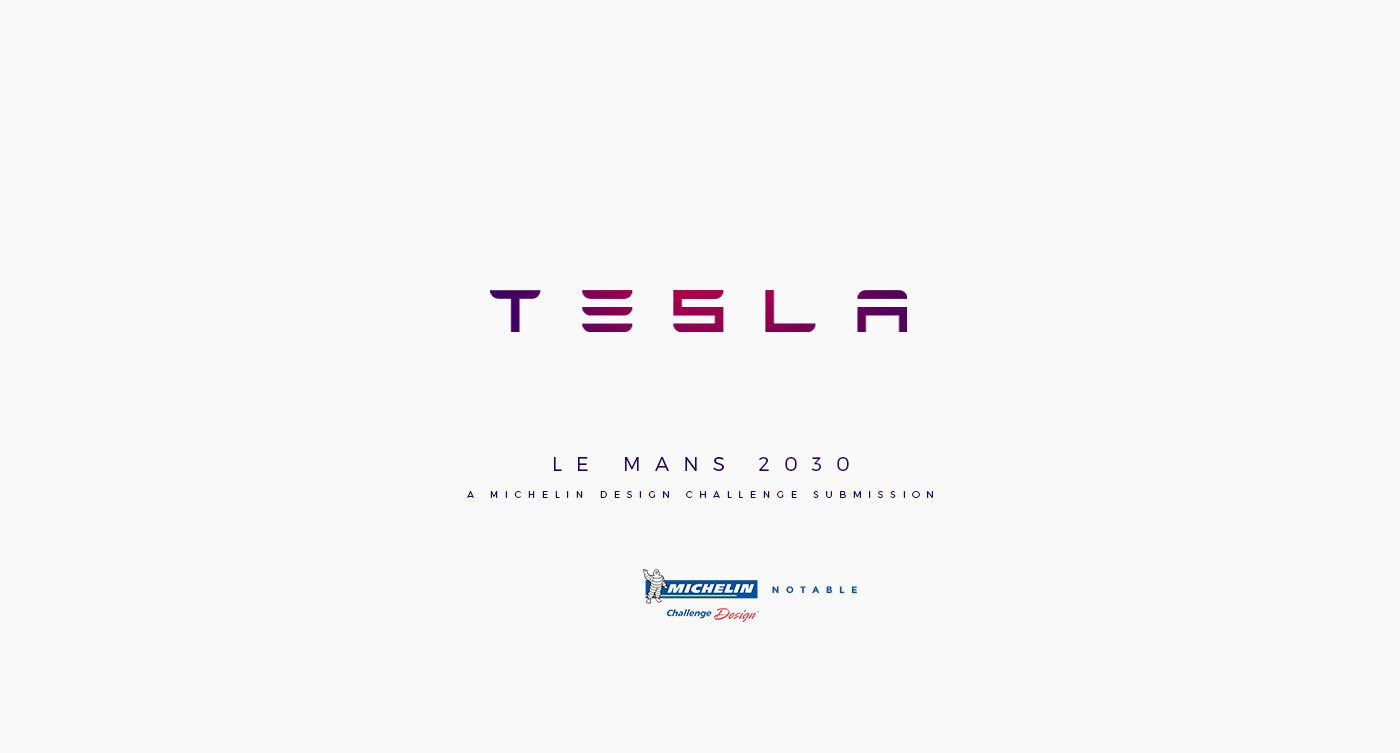
THE HEROES
The year is 2030. Autonomous road cars have taken the European market by storm. Overall commercial productivity has increased by 15% due to more efficient road traffic and traffic related accidents have come to an unprecedented low. The technology's transition into race culture, however, was not without its hurdles. Audiences first flaunted the idea of computers racing each other as the sport began lacking its heroes of old: human drivers. While robotic races advanced rather spectacularly in the twenties, without the romance of a person piloting the machine, they never managed to completely win over the old school racing crowd. It was during these years of uncertainty that the LMPE competition found its niche, and quickly rose to worldwide acclaim. This is the Le Mans 24 Hours Endurance Race. Man and machine tied together in a fragile harmony, bound for the pursuit of eternal glory and the achievement of a lifetime.

THE CIRCUIT
2023 marked the 100th anniversary of the famous Endurance Race, which saw Nissan NISMO claiming their first victory at the Circuit de la Sarthe with an all electric racer. Before this, parts of the legendary circuit had been upgraded and equipped with induction strips for electric racers in a bid to amplify the show for a mixed hybrid and electric field. These slower speed Charging Lanes - resemblant of a pit lane - allow electric racers to recharge wirelessly while racing. The mechanic is deceptively simple, but the strategic value of it is amazing. Drive fast and sacrifice endurance to retain position. Drive slowly, and the car will recharge significantly more for increased autonomy, but this goes at the cost of precious seconds. The introduction of the technology soon proved a step in the right direction with an exciting race and victory for an all electric car.

THE AUDIENCE
Autonomous vehicles have begun their establishment in the minds and hearts of people across the world. Race fans, however, have been denouncing the use of autonomous vehicles and guided piloting in their sport. Early experiments were commercial failures as fans stayed at home and generally didn’t bother to watch any of it on tv. After some struggles, the FIA found strong leadership and vision, allowing for a set of rules and innovations to be introduced in the years following. On top of the to do list: to make the Le Mans Endurance Race the prime example of how to involve the audience with all things racing and how to have transparent racing with understandable rules. The rise of Virtual Reality (VR) and Augmented Reality (AR) meant great steps could be taken...




TESLA 2030
Tesla’s ecosystem of businesses are widespread across all industries. SpaceX has succesfully dawned the new Space Age as the mission to Mars claimed its first major succes. The first human officially set foot on the Red Planet, rendering the Human Race official Space Colonizers. All Martian vehicles are powered by Tesla battery packs and motors, which the company eagerly embraced in its marketing. Furthermore, three Hyperloop trajectories are up and running across North America. The project’s development costs have been quadruple the amount that was anticipated, but the new transportation mode is bound to become a global success. As we speak, the first European project is under construction. A near finished segment runs past Le Mans, which Tesla exploited in a brilliant marketing stunt where its two LMPE cars were unloaded from Hyperloop. Tesla itself remained the predominant electric car manufacturer over the years. However, the landscape is changing as other car builders are closing in on the electric spectrum. In the philosophy that competition is the driving force for excellence, Tesla has opened its own racing division ‘Tesla Squad’ in a bid to extract the last bit of performance from its battery technology.
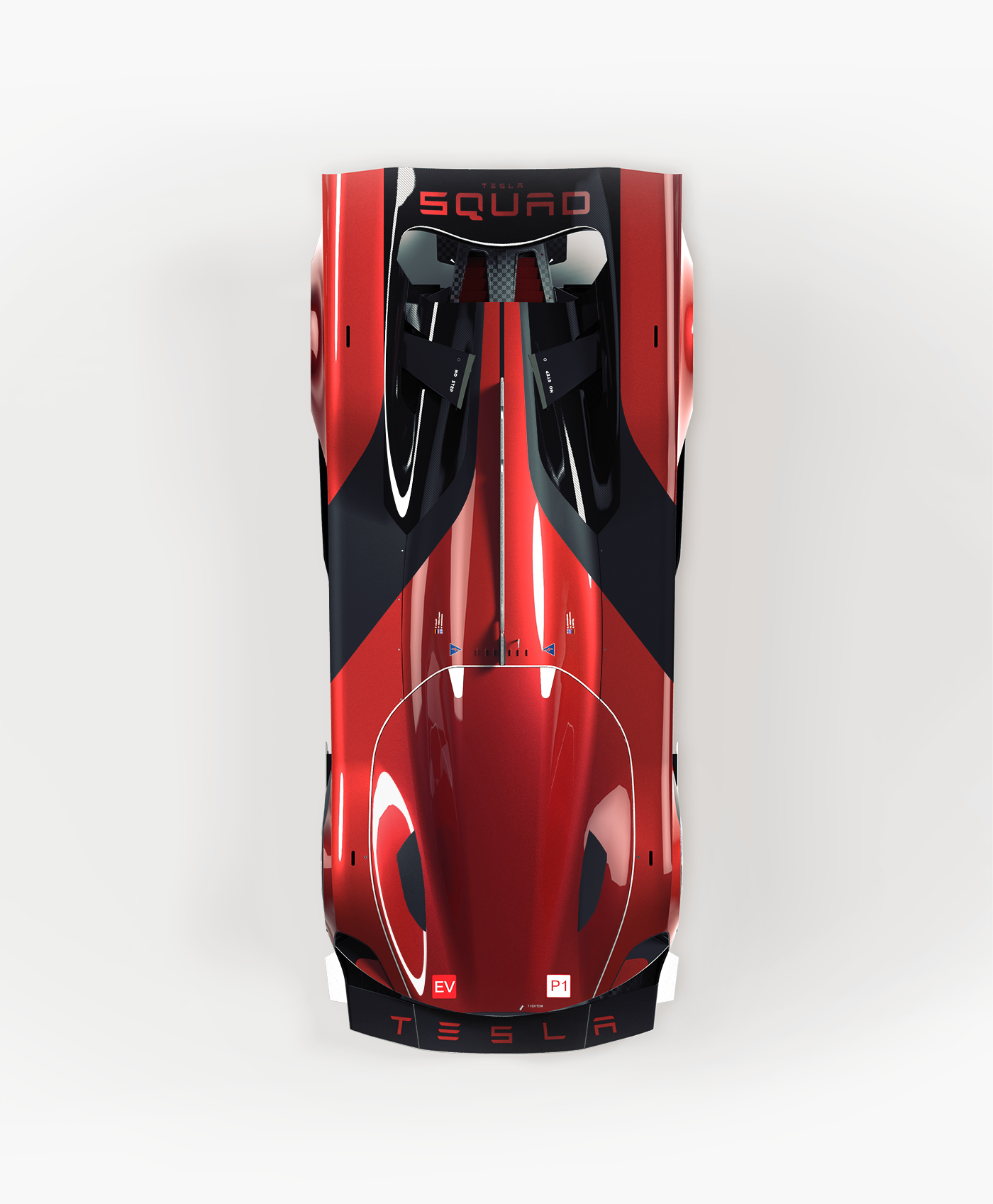
THE CAR
What’s it look like? From what we can see it looks like anything you would expect to come from a Musk company. Sleek, sexy and electrifying with a dash of ‘07 Formula One, maybe? Mechanics were covering a lot of the car when it was sitting in the garage. Mystery ensues!
Who is going to drive it? An unprecedented super group of former and current F1 greats: Alonso, Verstappen, Vettel, Button, Le Mans veteran Webber and two generations of Räikkönen. Robin Räikkönen’s entry marks the youngest LMPE entrant to date. Quizzed on how father Kimi felt about this he stated ‘I don’t care for records.’ Never change, Kimi.
How fast is it? Quite fast by the looks of it. Pre-race tests recorded an unearthly 452,8 kph on the Mulsanne Straight, slightly edging out the old record set by a petrol powered hybrid.
What is Hyperdrive? Good question: nobody really knows. A lot of mystery and theatricals clouded the big red button in the middle of the steering wheel. Elon Musk was quoted saying ‘it has to do with something we learned in space’, but we will have to find out - if at all! - during the actual race. A fair number of Audi, Porsche and Nissan spies have been reported all around the track, eager to find out the tiniest thing about this monster.
What’s that sound? Pre-race testing bystanders reported a haunting high-pitched noise with a rumbling bass tone coming from Tesla Squad’s prototype. As we warmly welcome a different sound in modern day racing, we can’t help but wonder: what’s that sound?
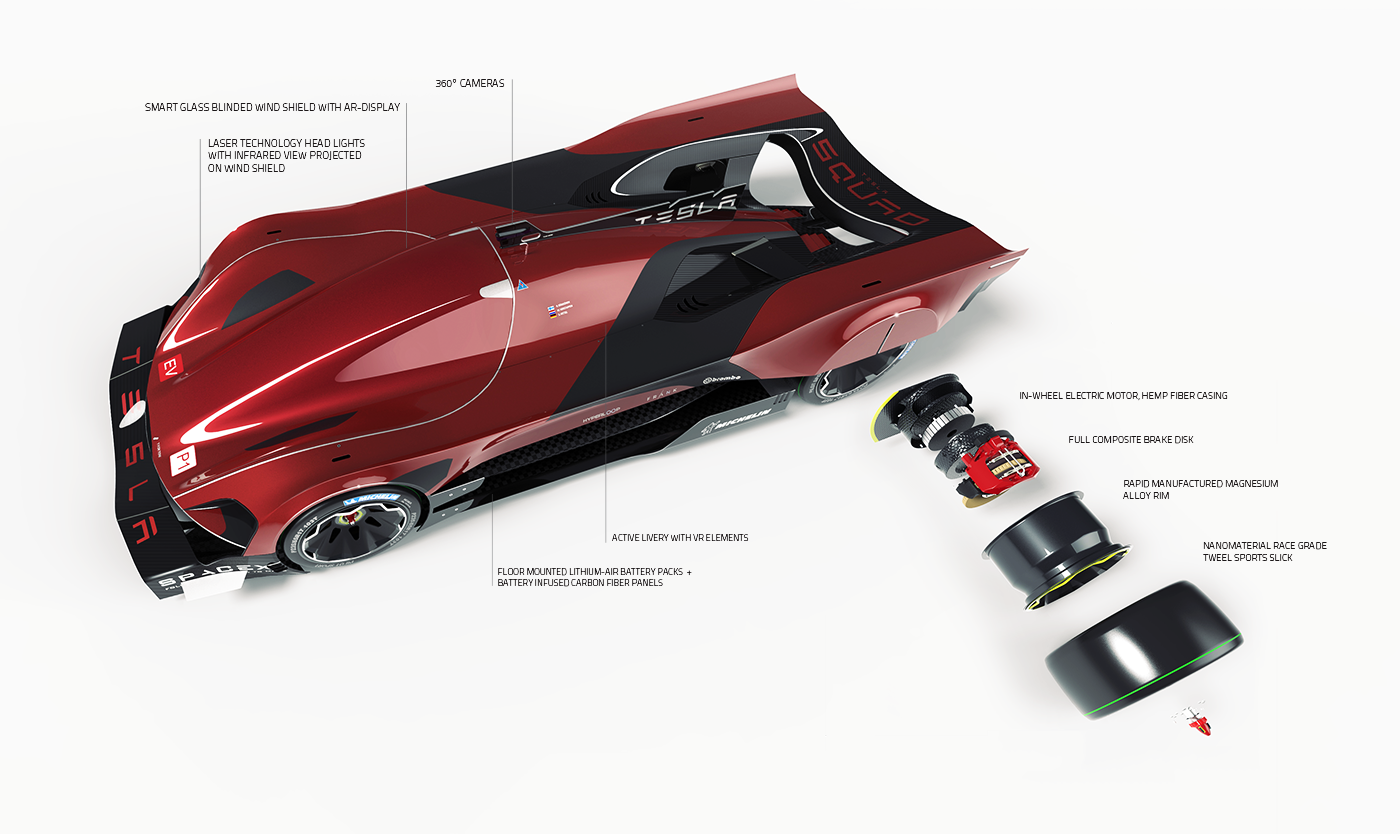
MICHELIN TWEEL SPORTS
Over the years, Michelin developed a range of airless tires for the road. The developments directly found their way to road cars. TWEEL Sports is the third generation of the airless tire and is specially branched for endurance racing. The ultralight tires are 3D printed and filled with a porous, sponge-like material. This three dimentional nanomaterial is engineered so that it can cope with all forces a racing tire meets during a race. An added feature is the material’s ability to disperse heat from the in-wheel engine and brakes into the slick surface, or generate electricity from friction induced heat.


CHARGING LANE RACE
As the first all electric Le Mans racer emerged, it soon became clear the technology needed a push in the back from the organizers, because it works so fundamentally different. In preparation of 2030, where all racers must be all electric, a Charging Lane was installed on Hunaudieres Straight. The idea is simple: stay out and try to survive as long as possible, or sacrifice track position to drive through the Charging Lane and revive your batteries for extra boost and mileage. On the Charging Lane the computer takes over and the driver cannot steer. He can however decide the speed with which he travels through the Lane. Drive too slowly and you’ll lose valuable seconds, drive too fast and you’ll cease to fully brim up.
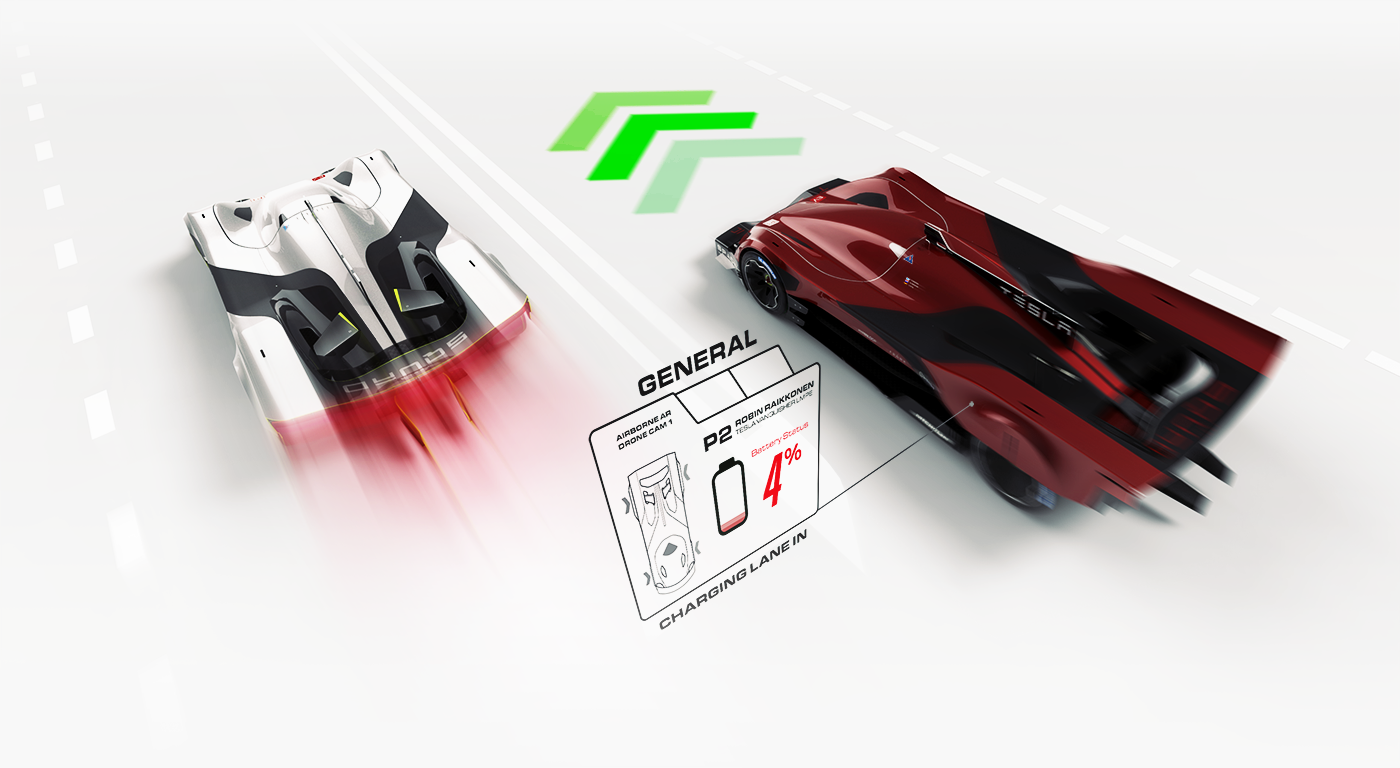

CIRCUIT MAP
The Charging Lane was first laid when the field was made up of Hybrids and electric racers. To ensure the tactical value of the Lane, it was constructed in the middle of the three main straights: Hunaudieres. Placing it in the middle made sure that a car needing charge would lose significant speed while doing so, increasing the speed differential between cars that continue on the straights and cars that don’t. In that era, it made for spectacular racing and edge of your seat stuff. As in 2030 all cars need to be electric, nobody knows exactly how crowded the Charging Lane will be. As a counter measure, all lower GTE class cars are obliged to charge while stationary in the old Pit Lane. The organizers are looking into a second Lane after Indianapolis...

VIRTUAL ENHANCEMENTS
Virtual Reality (VR) and Augmented Reality (AR) applications have become a standard component of smartphone culture, and this to the great benefit of the race experience. The crowd at Le Mans is handed cardboard headsets. Here they can track the races with (subtle) visual aids. A simple but effective virtual interface guides new viewers through the mechanics and legacy of the race and the backgrounds of its contenders, making the sport more accessible to the broader audience. The technology also allows the personal aspect back into the race, raising awareness of pilot’s track record, and his or her closest competitors.
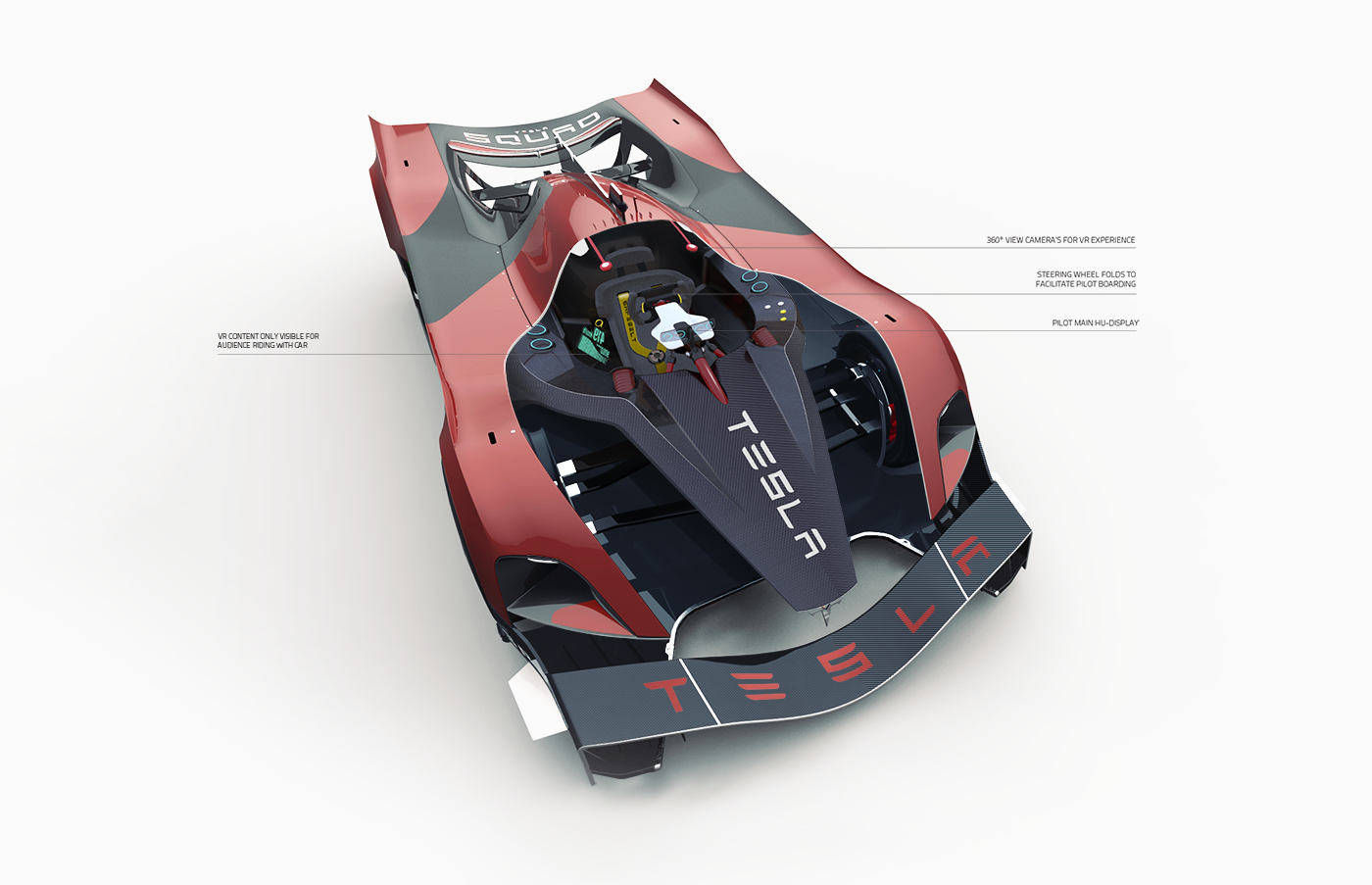
ACTIVE LIVERY
The car’s bodywork blends virtual and physhical elements. The so called active liveries were introduced in 2021. It’s nothing more than an incredibly accurate projection mapping, visible only on your TV-screen, or on a virtual reality headset. These elements include an indication of the car’s battery status and its tire conditions. The active livery also helps viewers with visibility at night and in bad weather conditions, displaying all the data exactly as clear as during the day, as well as, sadly, the ads. As always, viewers are left with the option of paying more money to get rid of all extra advertisements to enjoy the pure beauty of the cars.
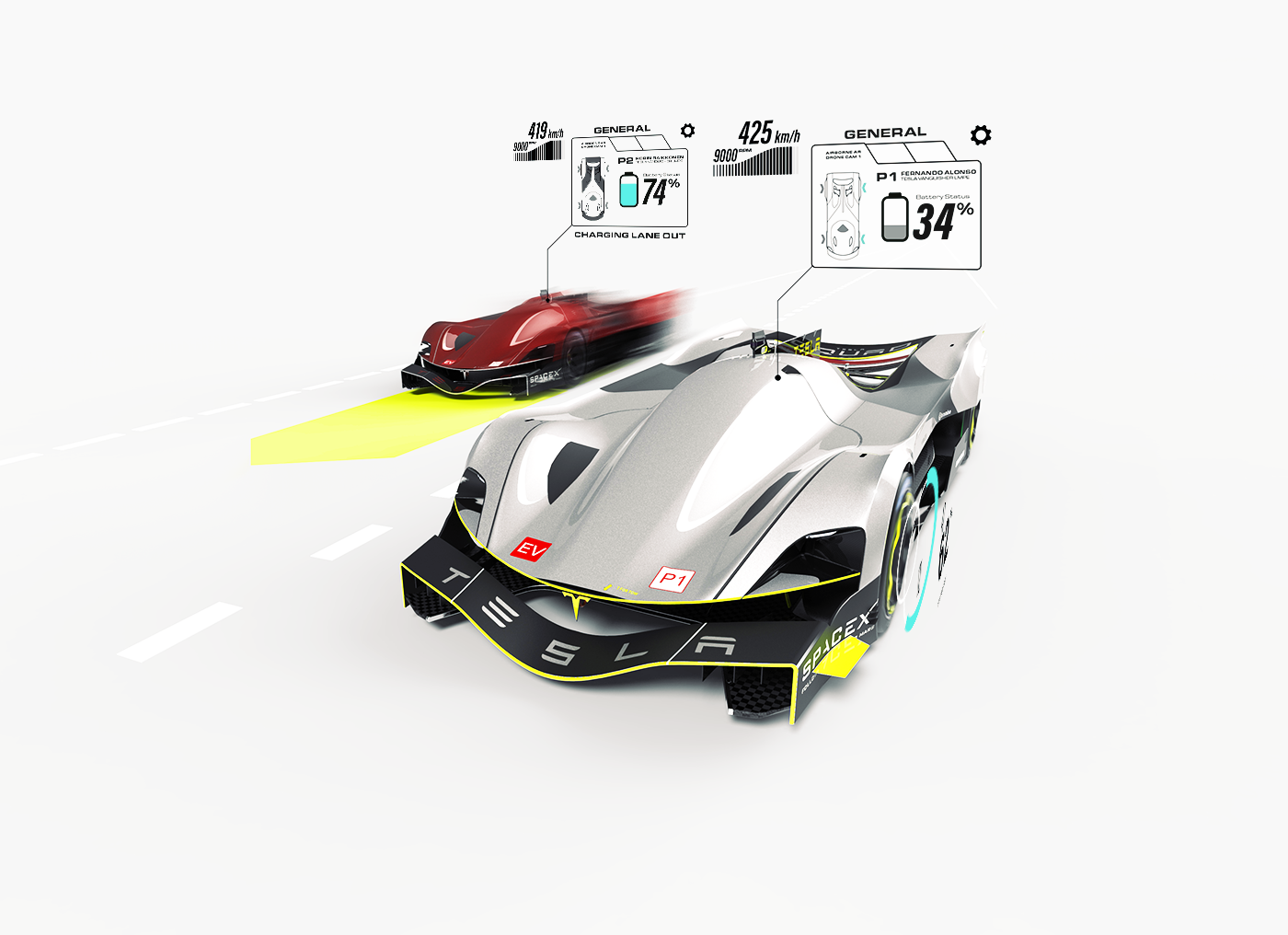

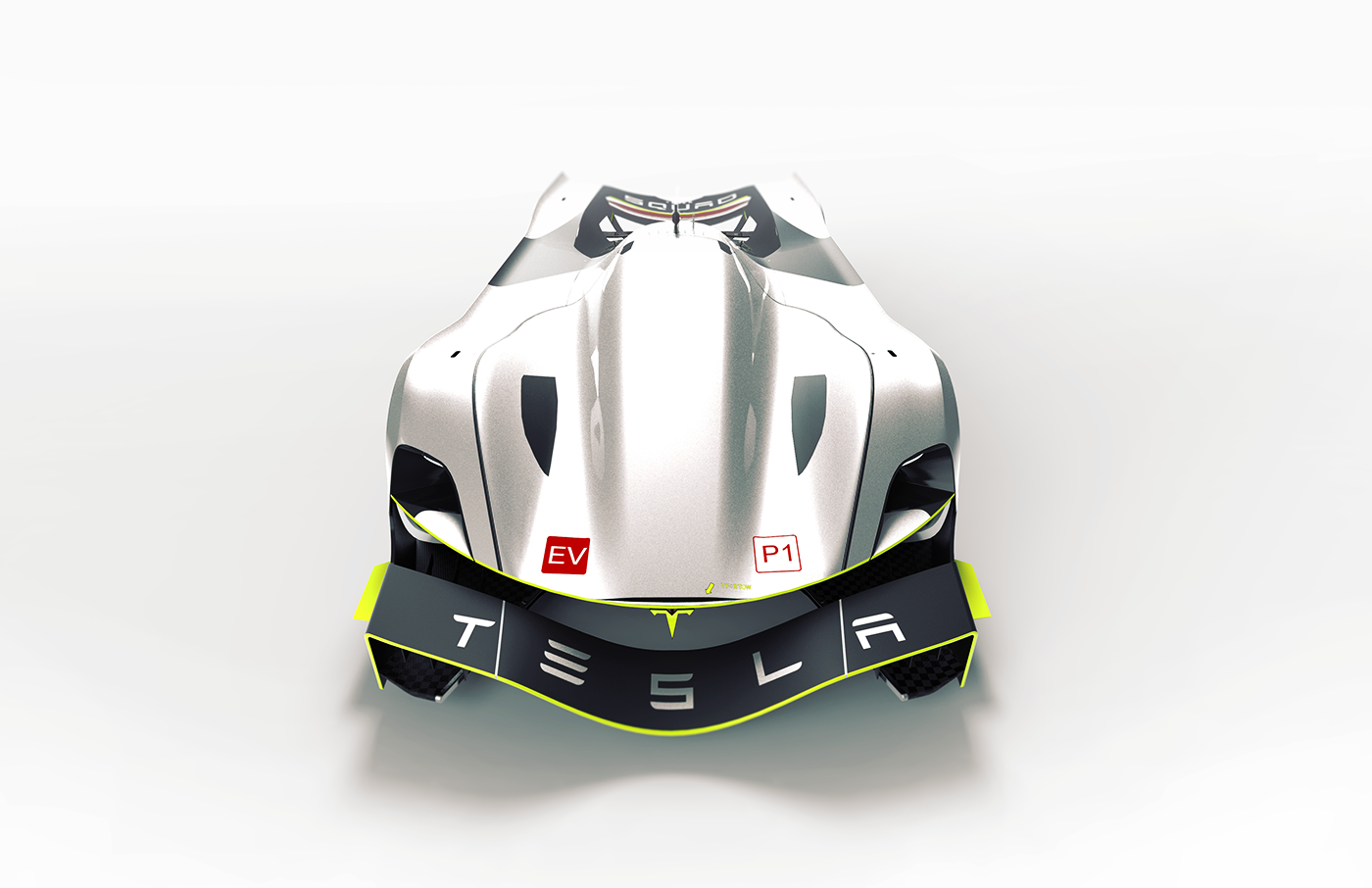
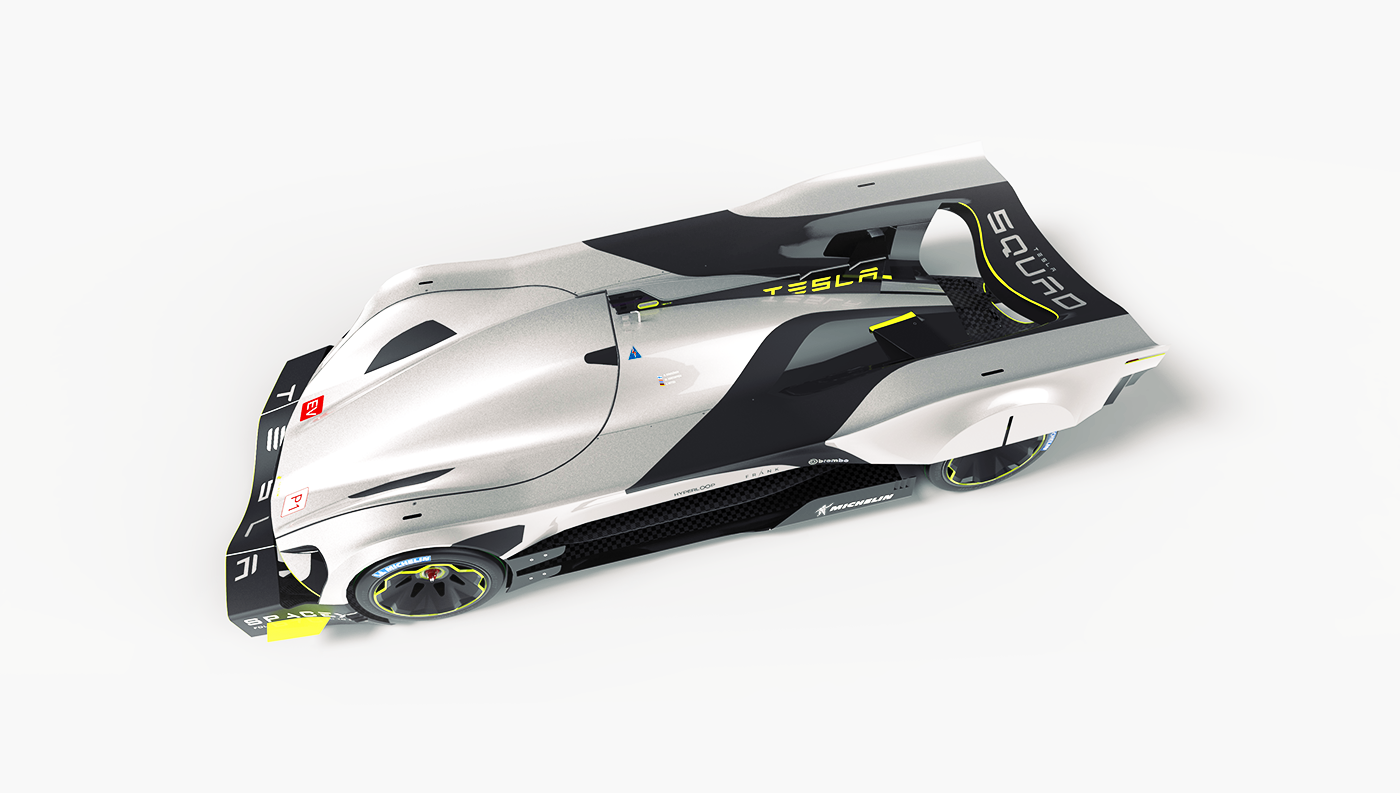
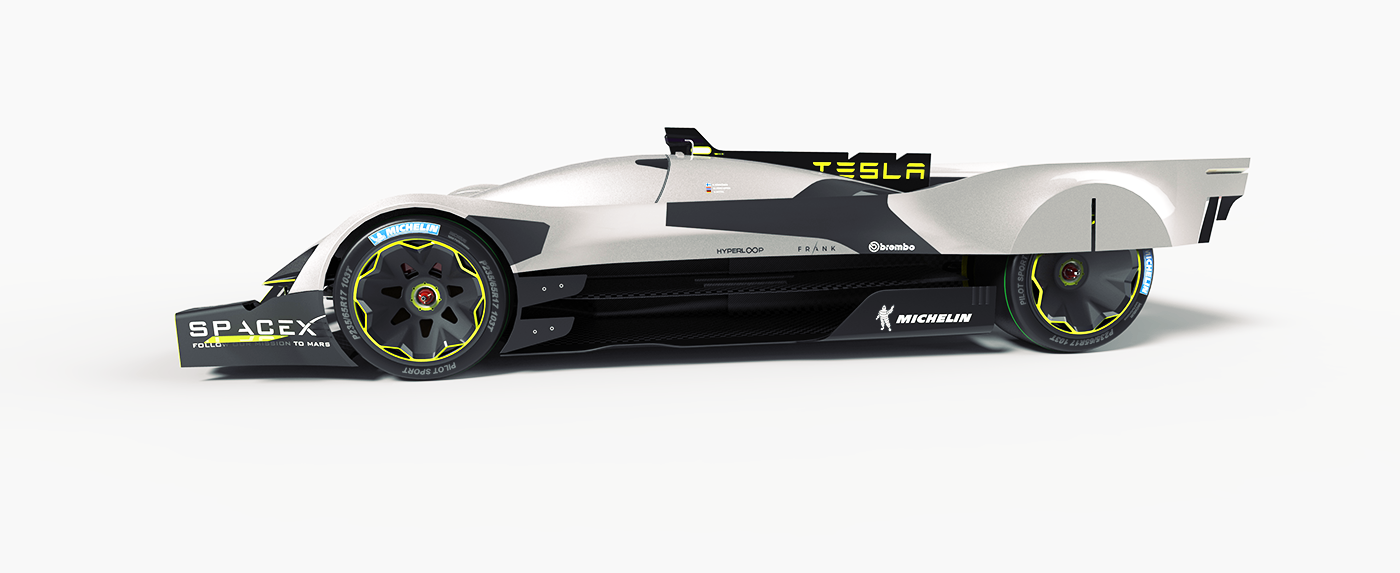

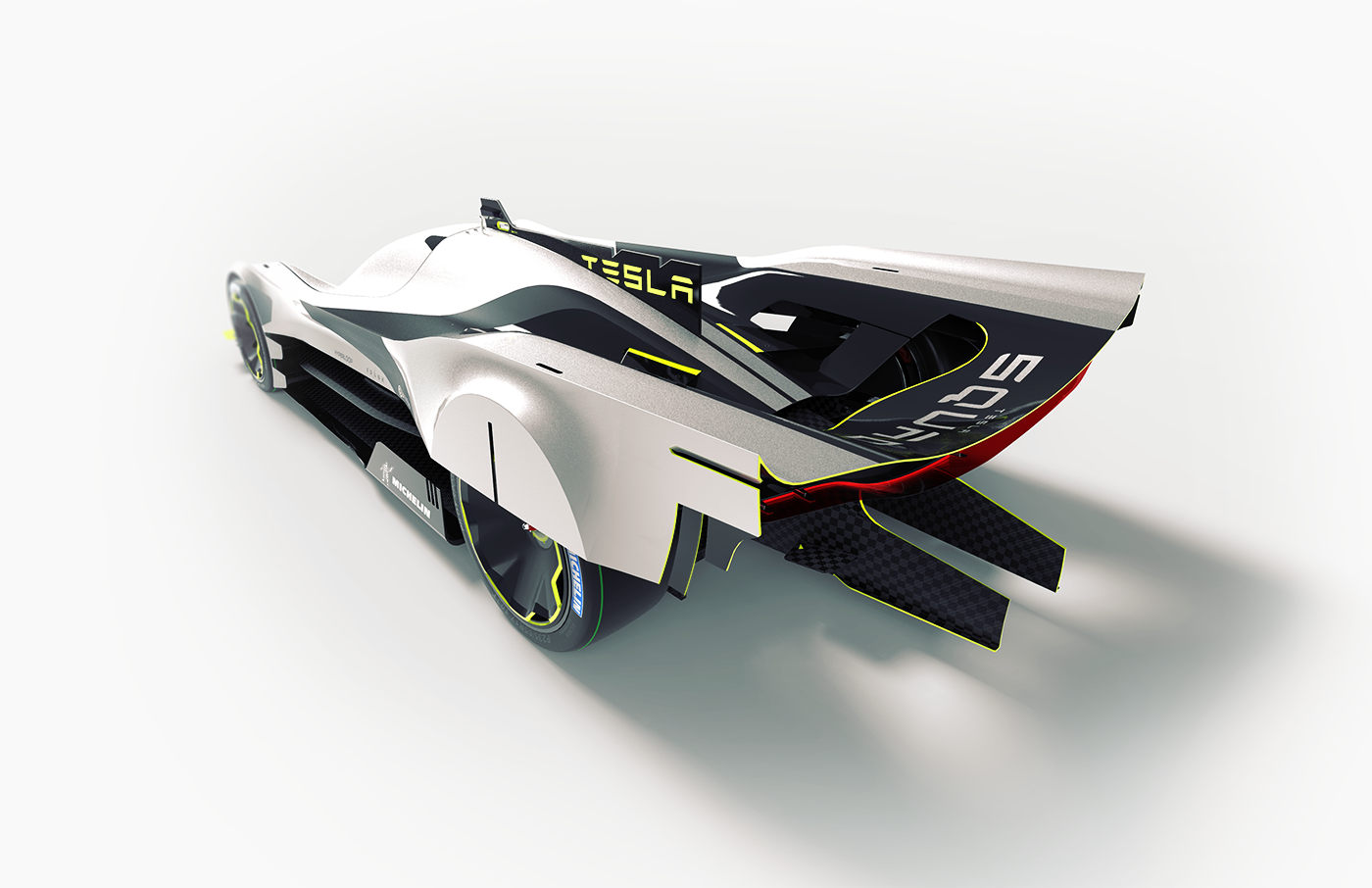
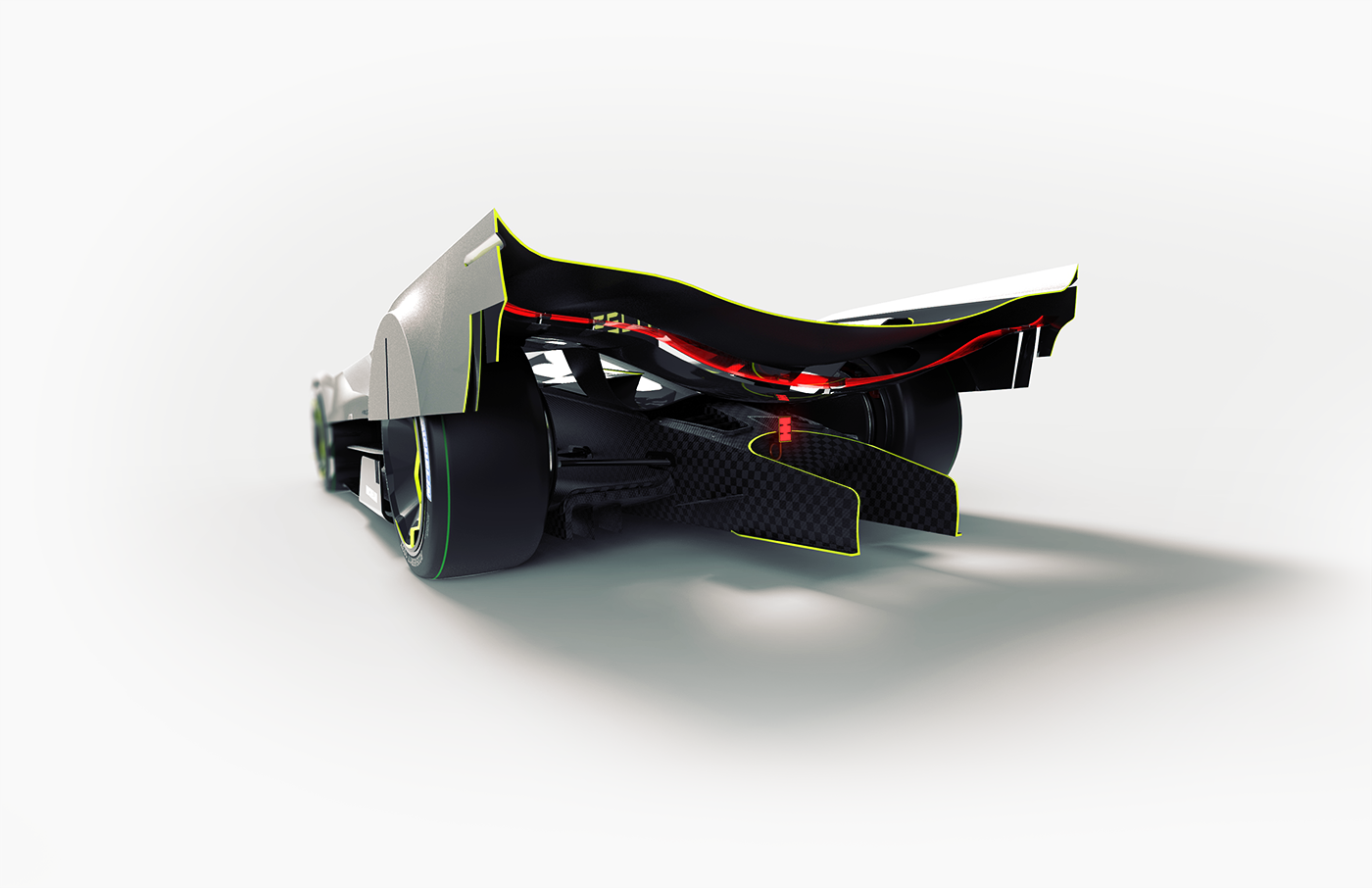
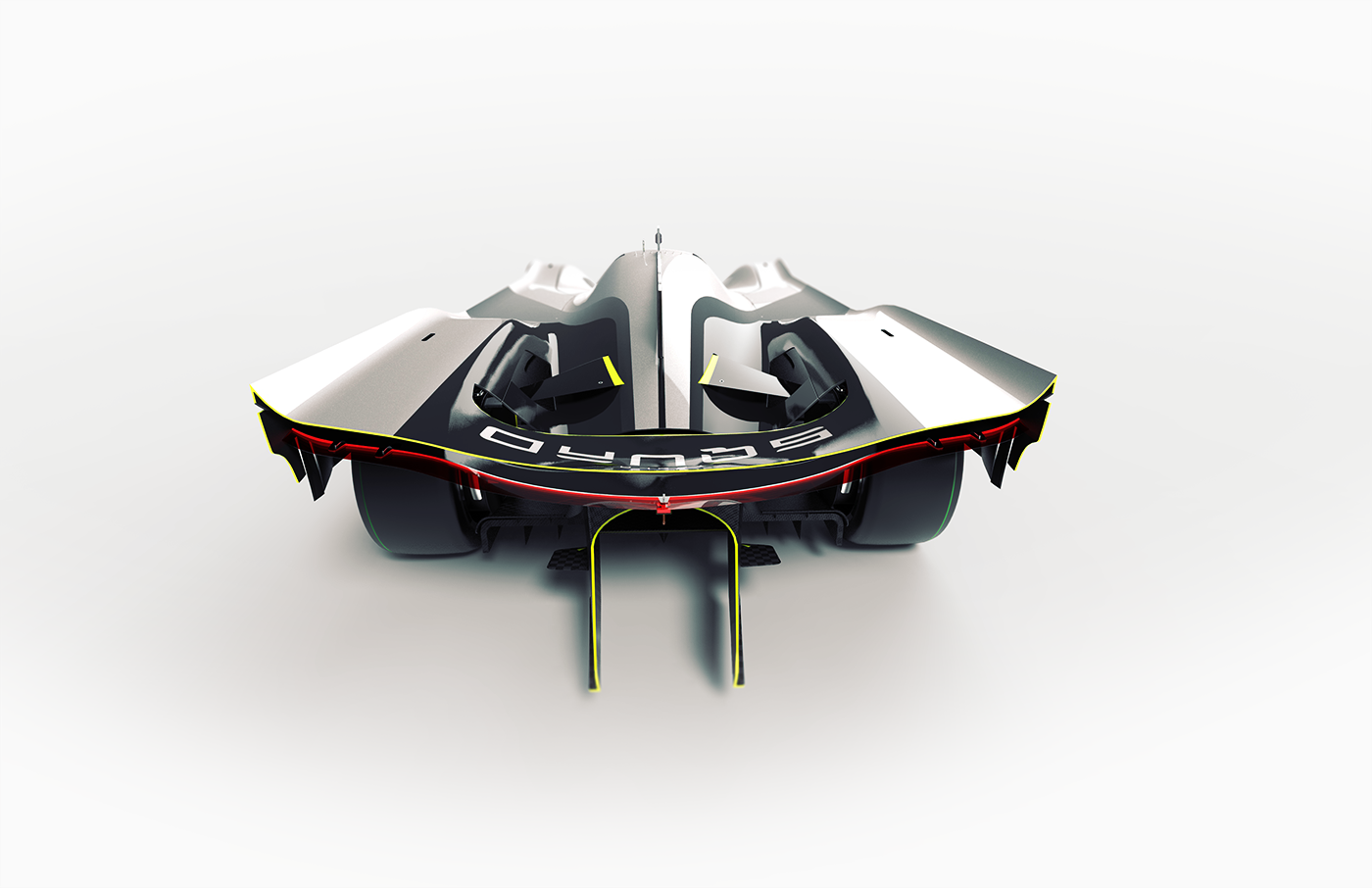

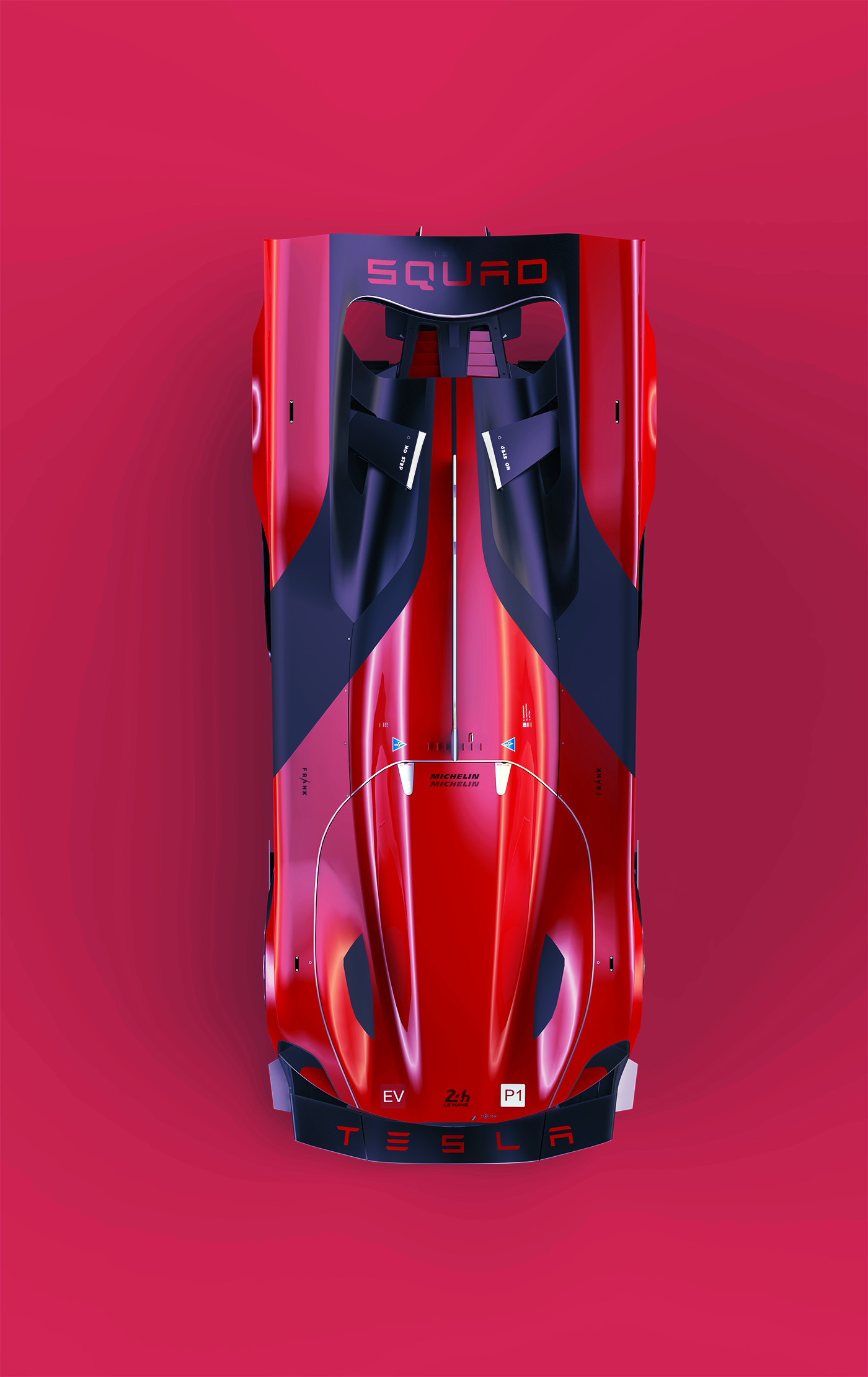

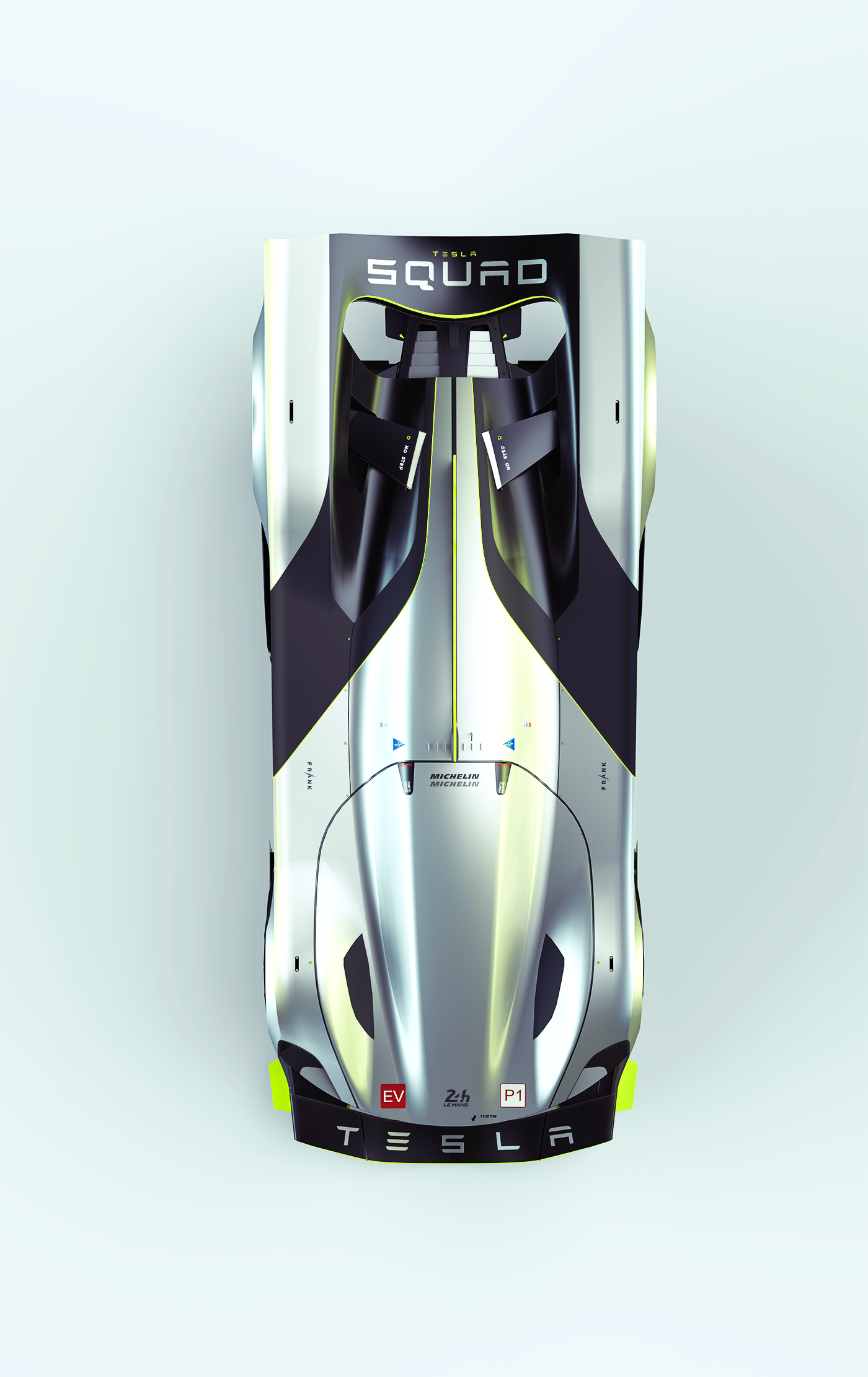

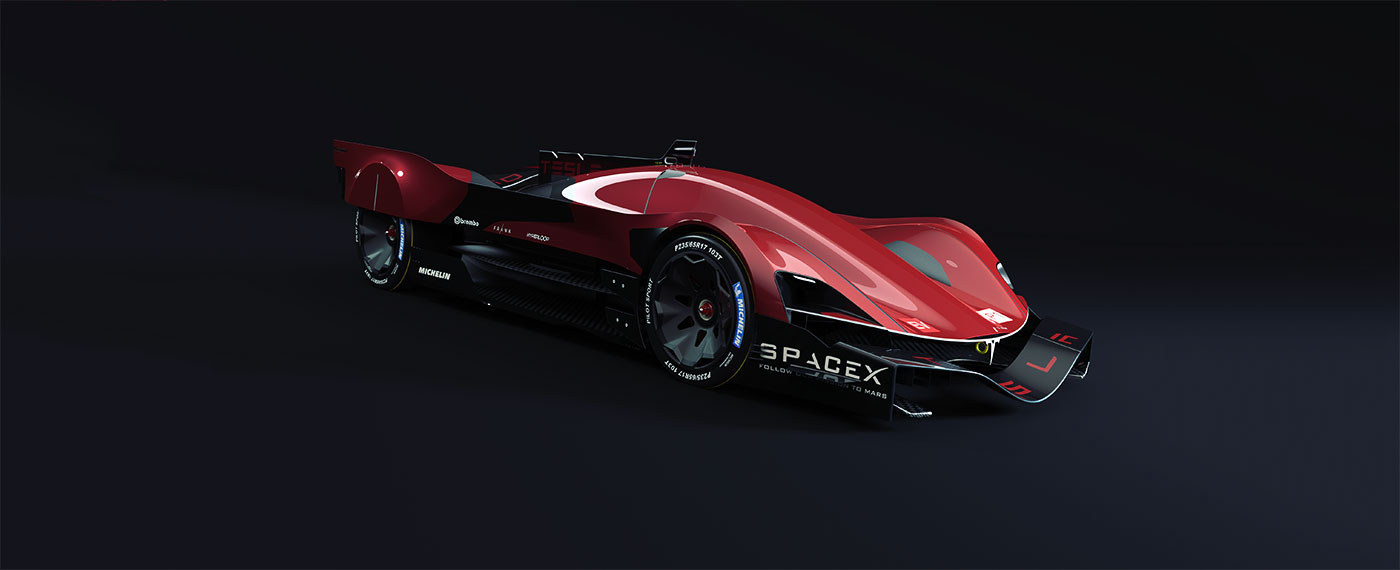
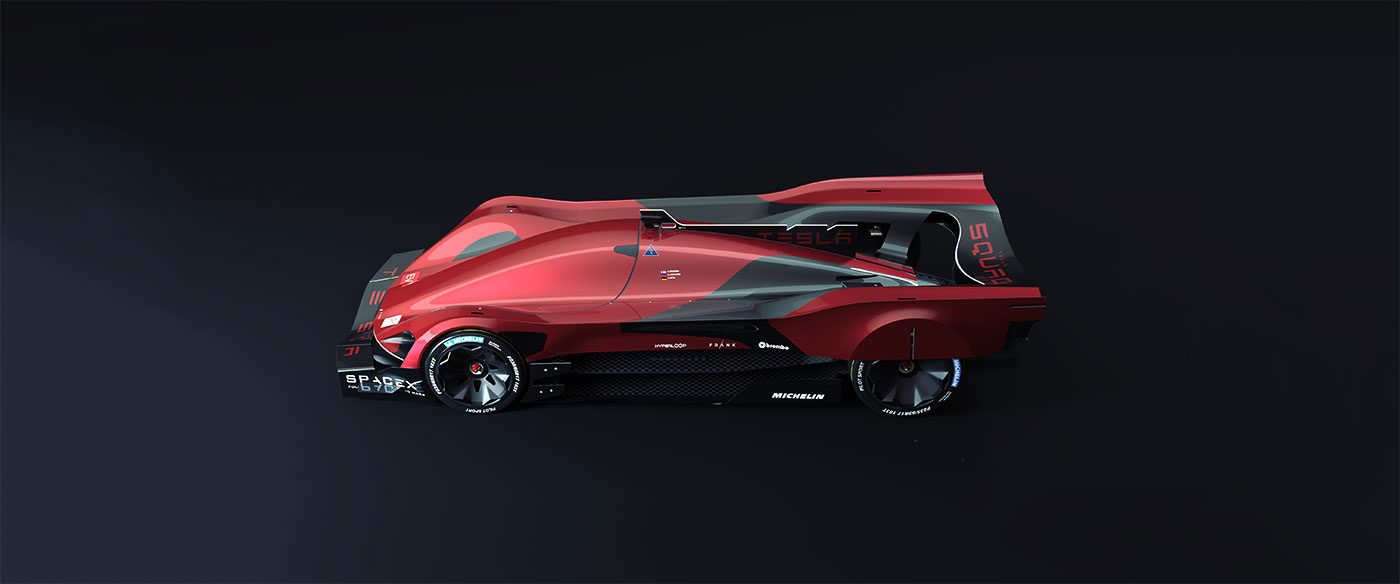
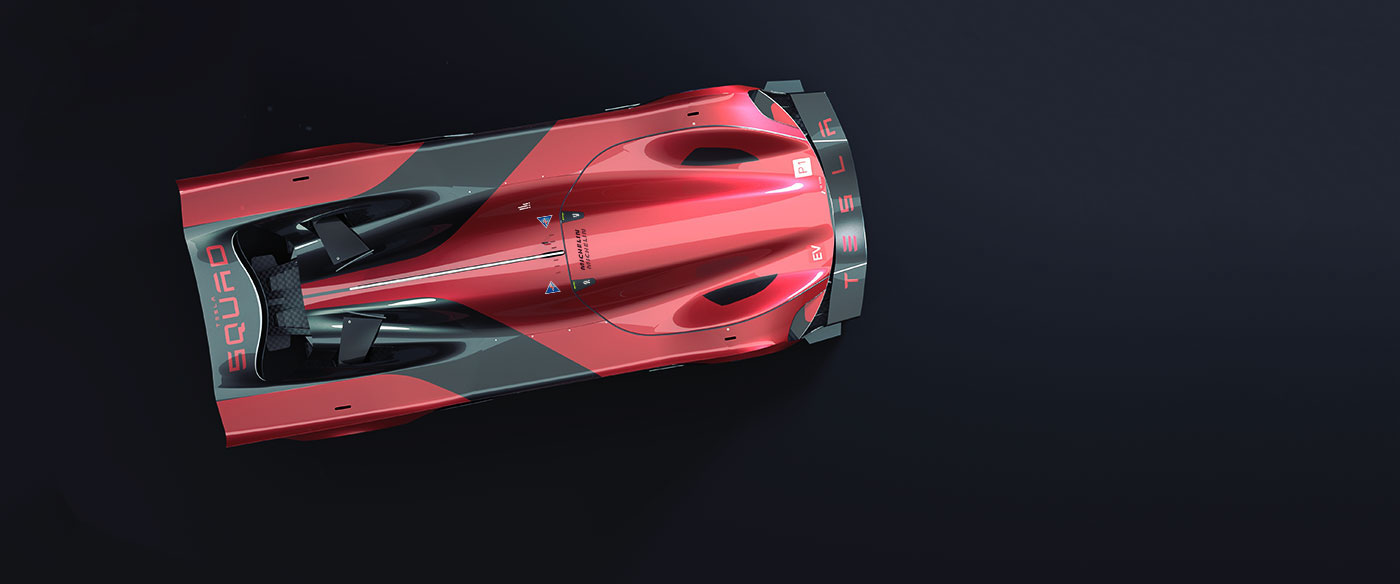
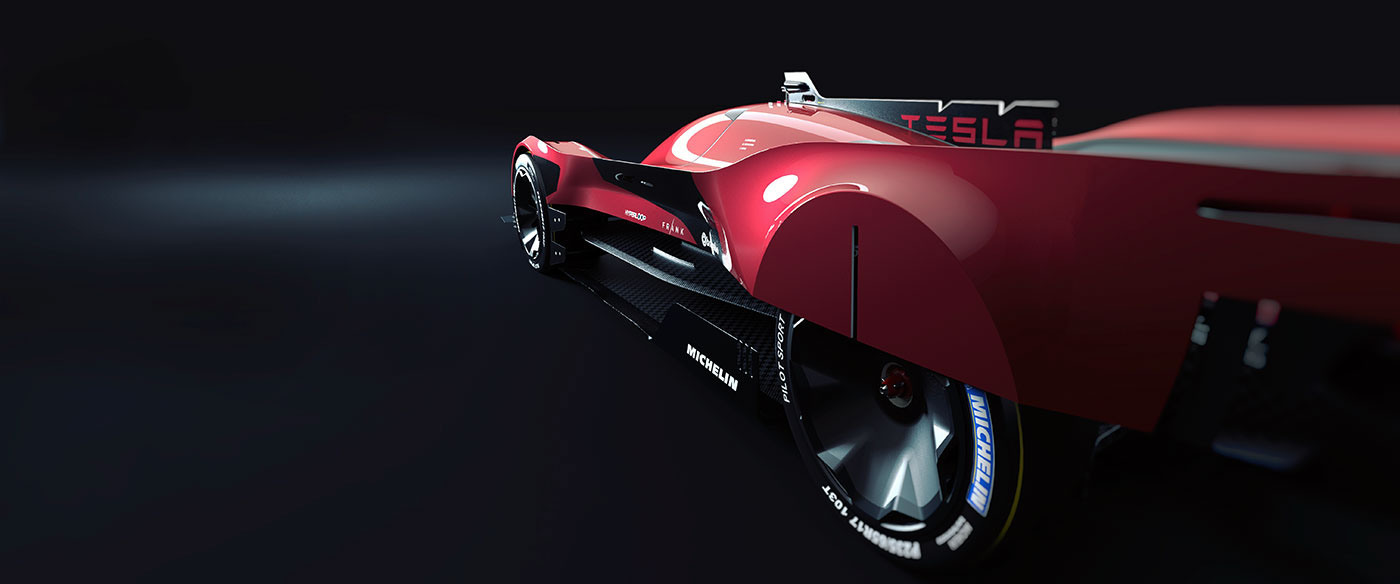
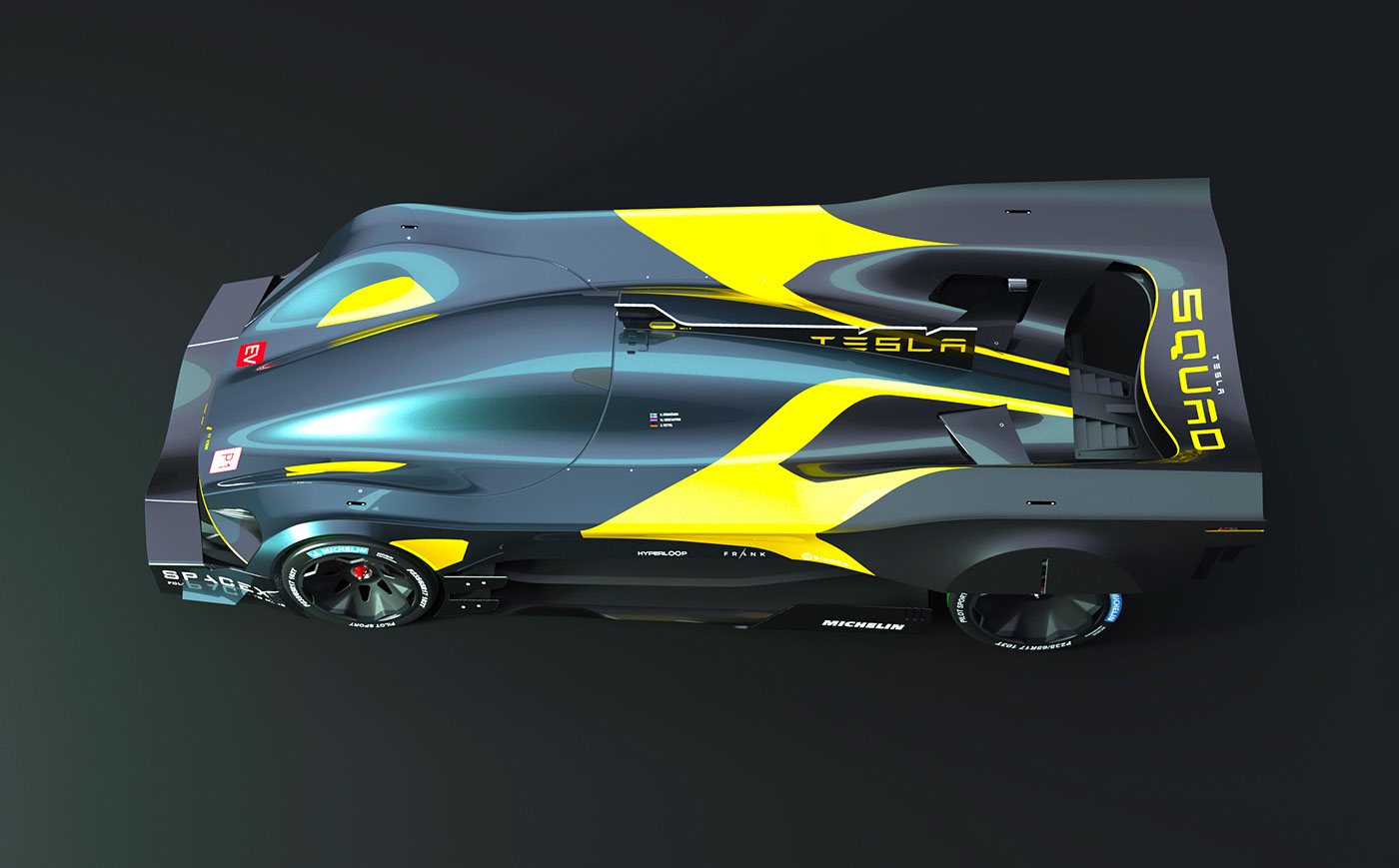
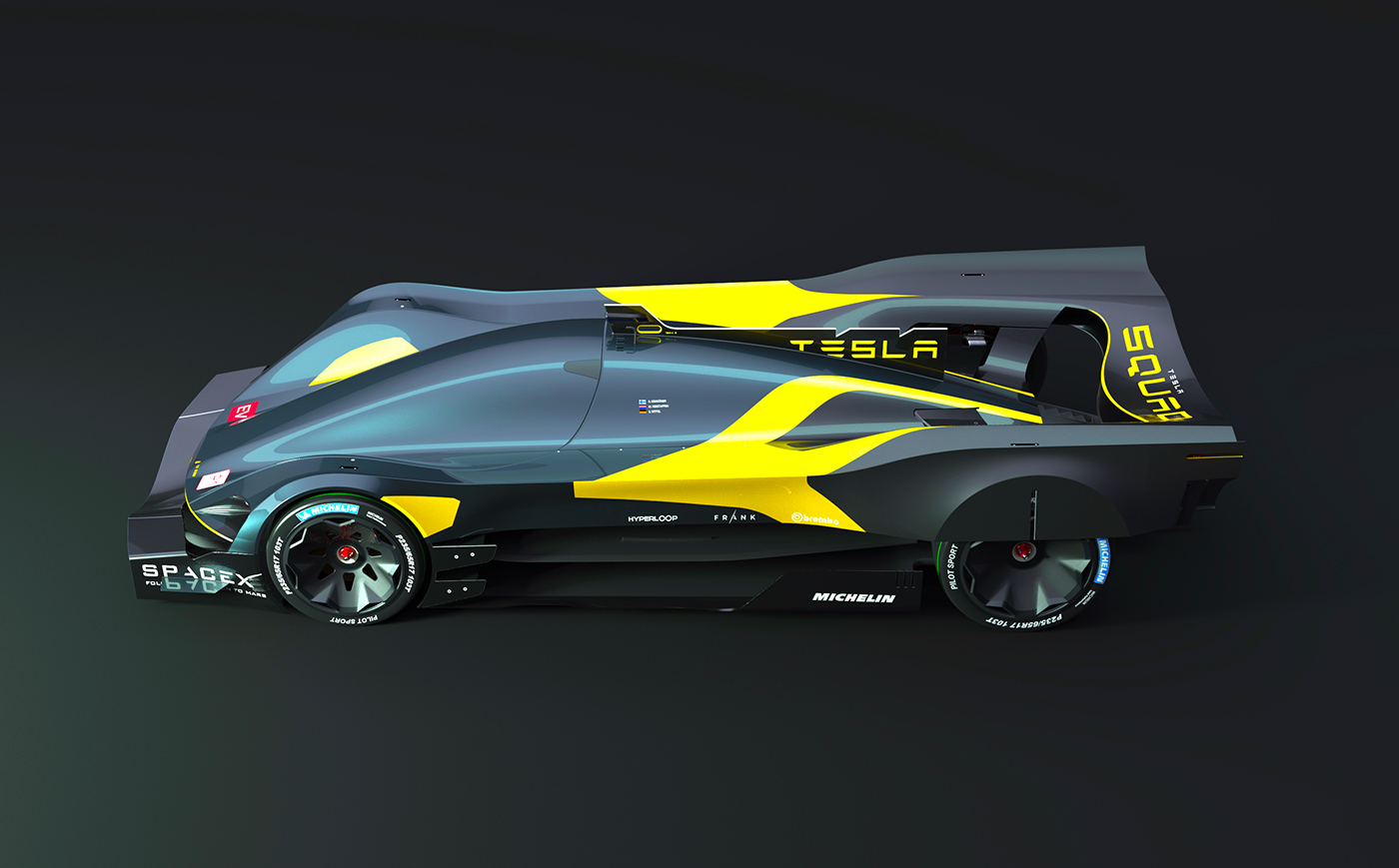
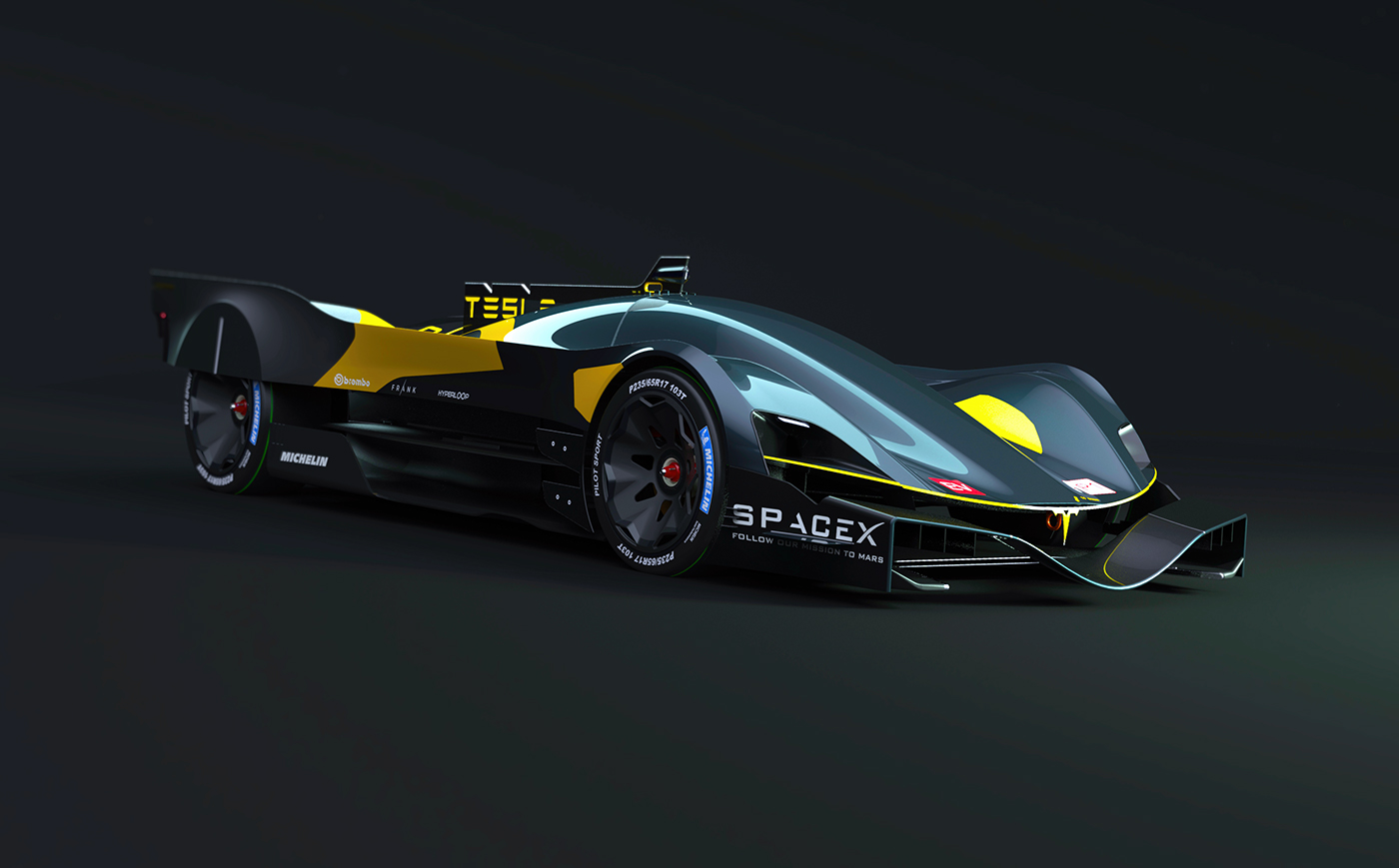
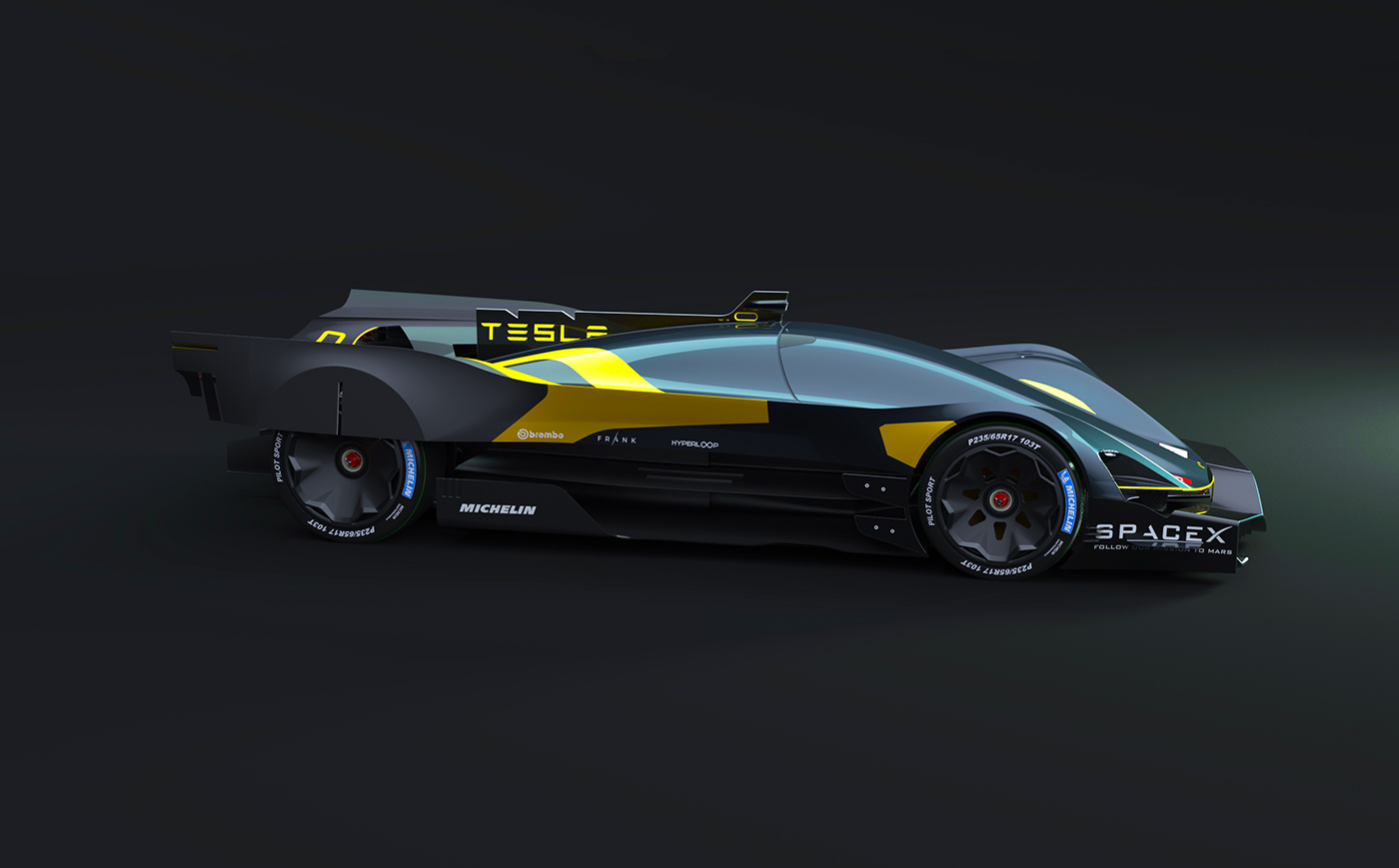

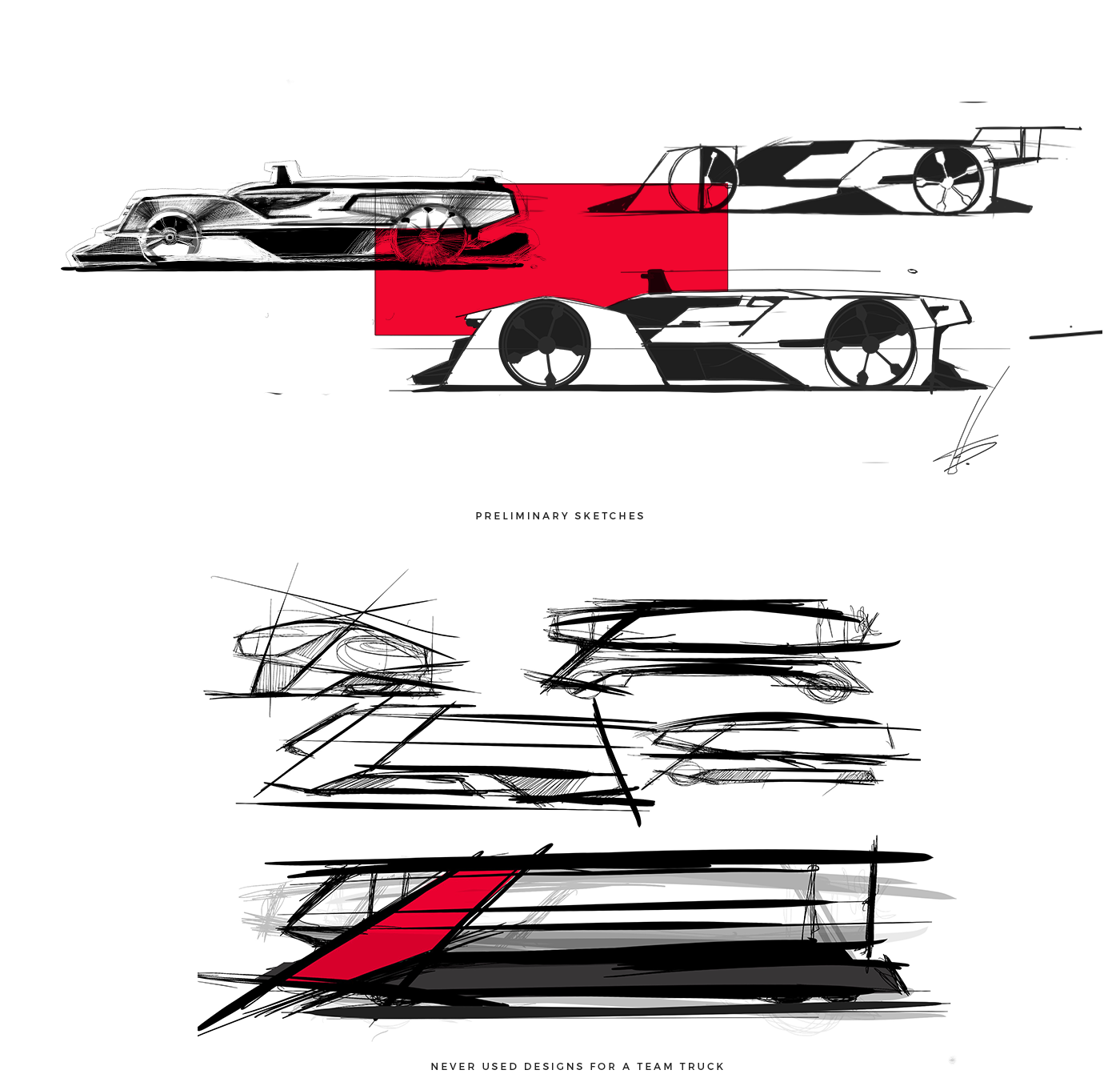
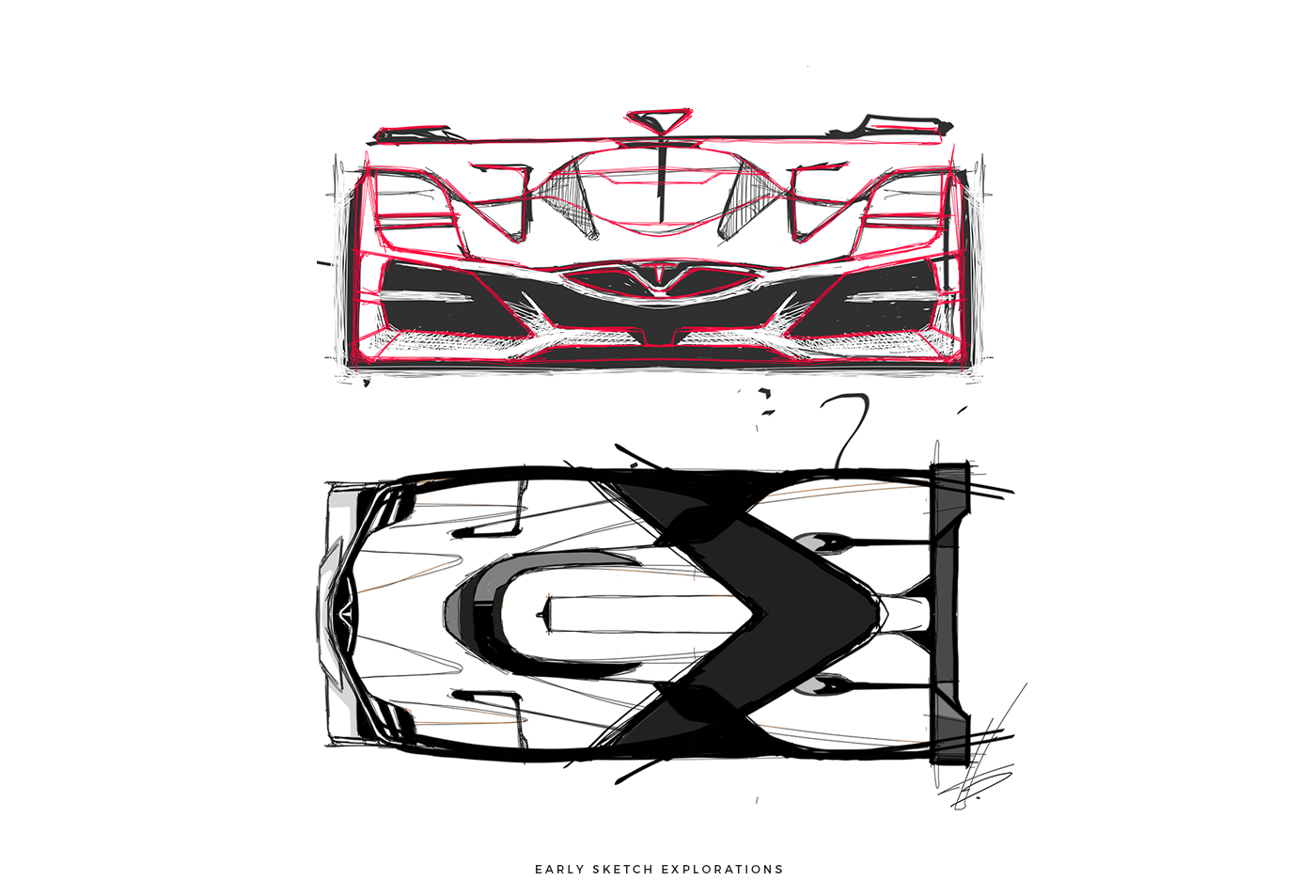
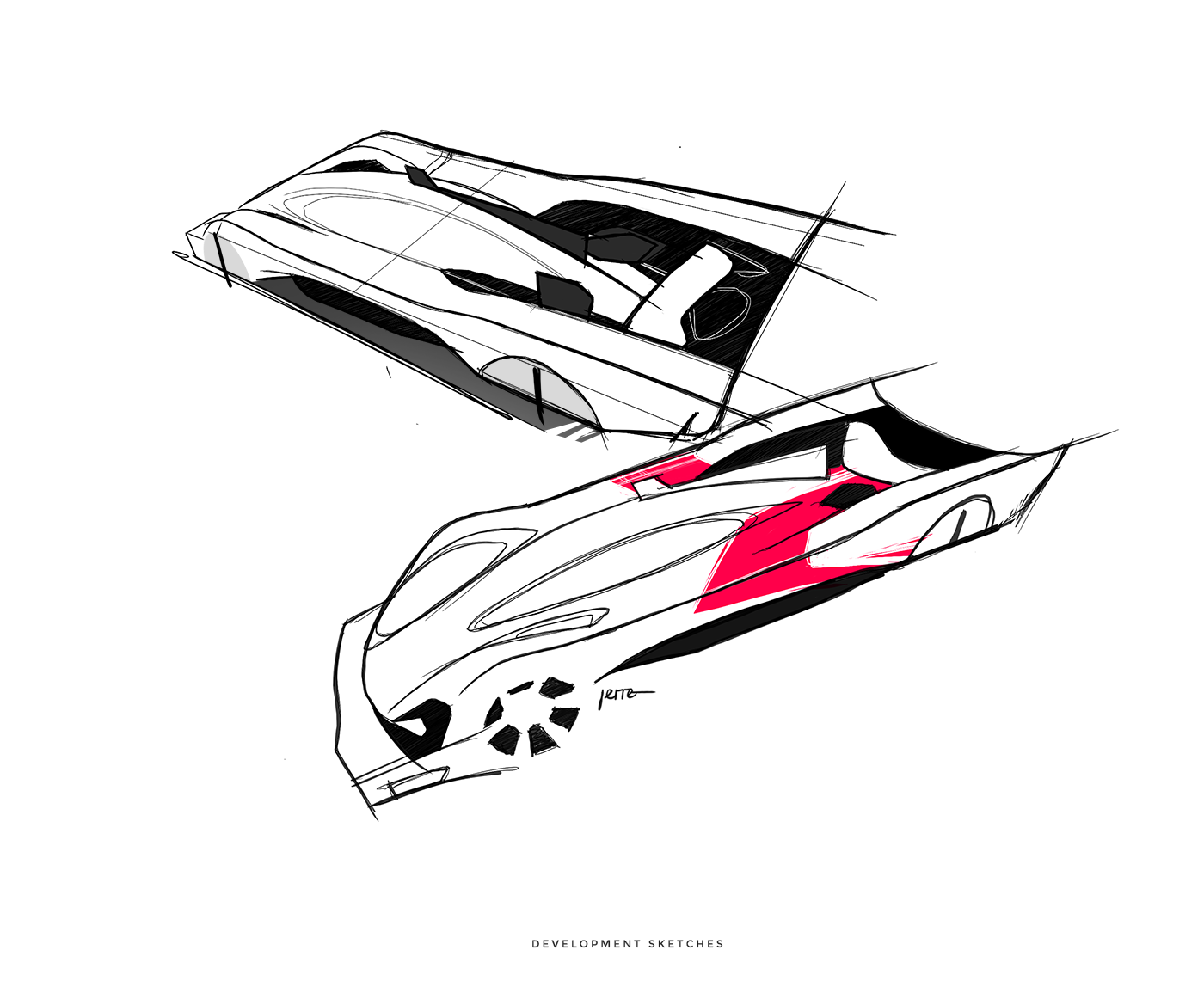

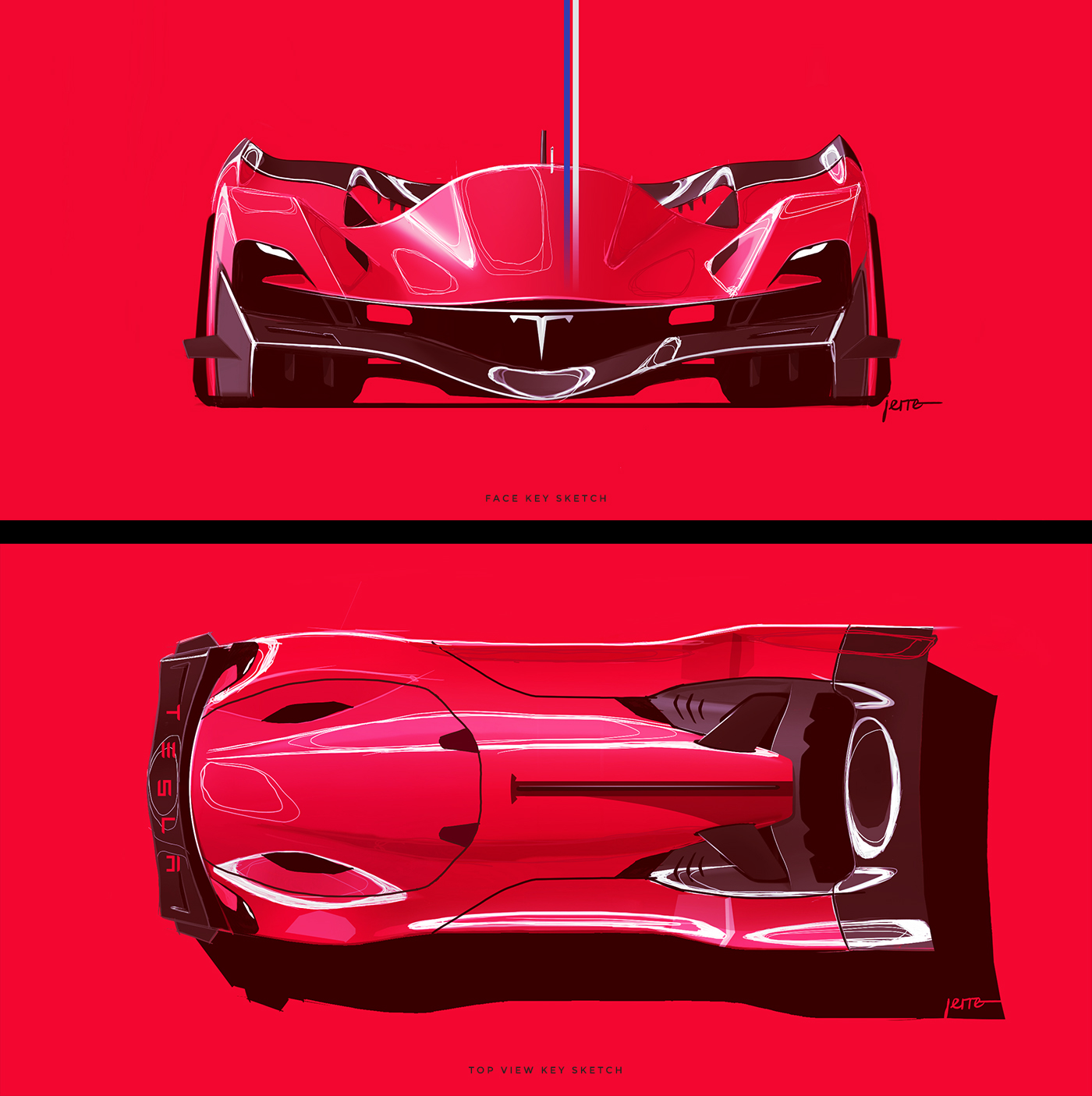

All images are digital renderings. No use without permission.
Copyright 2016 - FRANK
More projects and information on www.designbyfrank.com




